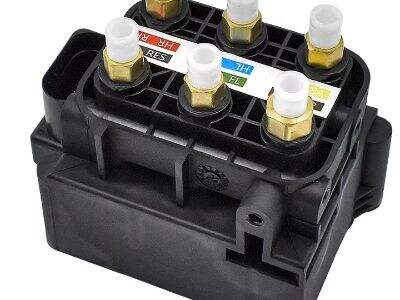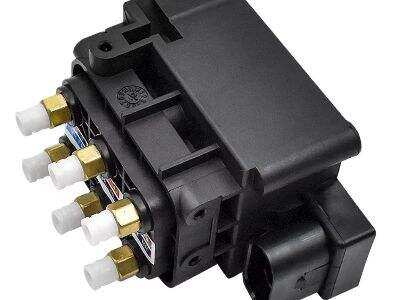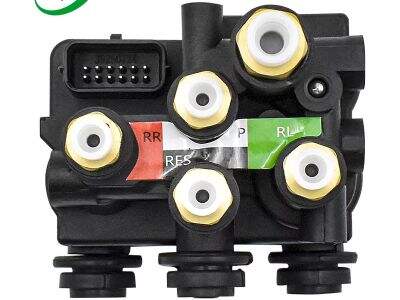Solenoid valve blocks are a big deal when it comes to helping to ensure that fluids move with precision and efficiency in a variety of different types of machines. They may sound complex, but they are actually very simple, yet, super powerful tools that we use every single day to make things run perfectly., we will delve deeper into the wonderful world of solenoid valve blocks and why they are a must-have for fluid control systems
An overview of solenoid valve block working in fluid control systems
Pump control valve bricks are kind of like tiny traffic cops for liquids. They rely on electricity to switch valves open and shut, regulating the flow of fluids like water, oil or gas in machinery and other systems. When electric current passes through the solenoid, it generates a magnetic field that pushes a metal plunger back and forth to open or close the valve. It is these movements that control the flow of fluids and ensure that everything happens smoothly and in just the right order
The significant role of solenoid valve arrays on hydraulic flow and pressure control
Solenoid valve blocks are very important to the flow and pressure control in hydraulic systems where fluids power machinery. They facilitate the flow of however much fluid one is trying to move through the system and how much pressure. This is really crucial for ensuring the machines function properly and safely. Hydraulic systems wouldn’t work well, and parts would be prone to damage without the use of solenoid valve blocks

How solenoid valve block provides efficiency and precision in fluid control applications
Solenoid valve blocks are incredible for improving efficiency and precision of fluid control applications. Because they can open and close valves rapidly and precisely, they ensure that fluids move exactly where and when they should. That, in turn, helps machines work faster, more accurately and with less waste. Solenoid valve manifolds satisfy fluid control applications which are leveled at the optimal of its performance, and consequently it reduces the time and resources spent
The use of solenoid valve blocks in fluid control automation
One of the neat things here about solenoid valve blocks is how they can automate motion-based process control for fluids. solenoid valve blocks effectively control the flow of fluid in an automated manner through both sensors and software. This allows machines to work independently without the need for any form of continuous control or human intervention. Solenoid valve block for automation processes improves fluid control with added speed and complexity

Benefits of employing solenoid valve blocks for smooth functioning of fluid management systems
There are numerous benefits of using solenoid valve blocks for fluid control systems. They are small, durable, and simple to install so it’s no wonder they are suitable for all machines and systems. Cost-effective Solenoid valve blocks are also cost-effective because they consume electricity only during their opening/closing. This reduces power save and operating expenses. Thanks to solenoid valve blocks, flow control systems can work in a more efficient and smooth way, so everything works just as it should
Conclusion Solenoid valve blocs -in fluid control system are devices, which govern flow, pressure and automation. This same capacity to improve efficiency, accuracy, and dependability makes them an indispensable tool in assuring that machines and systems are running as they should. With solenoid valve block, manufactures like Joint can enjoy continuous control and optimum performance in their fluid applications
Table of Contents
- An overview of solenoid valve block working in fluid control systems
- The significant role of solenoid valve arrays on hydraulic flow and pressure control
- How solenoid valve block provides efficiency and precision in fluid control applications
- The use of solenoid valve blocks in fluid control automation
- Benefits of employing solenoid valve blocks for smooth functioning of fluid management systems


